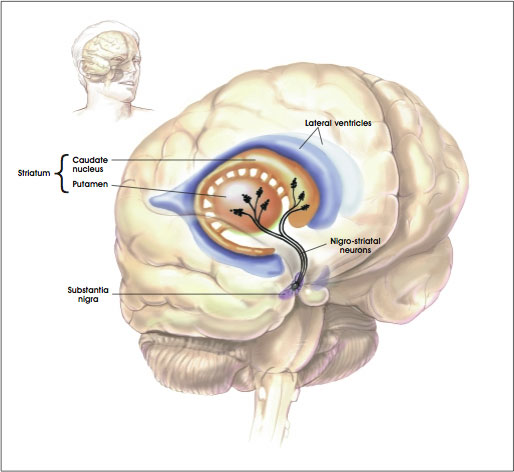Using stem cells to grow three-dimensional structures, such as organs or damaged body parts, requires that scientists have the ability to control the growth and behavior of those cells. Also, adapting such a technology to an off-the-shelf kind of process so that it does not cost an arm and a leg is also important.
A research project by scientists from Atlanta, Georgia has used gelatin-based microparticles to deliver growth factors to specific areas of aggregates of stem cells that are differentiating. This localized delivery of growth factors provides spatial control of cell differentiation, which enables the creation of complex, three-dimensional tissues. The local delivery of growth factors also decreases the amount of growth factor used and, consequently, the cost of the procedure.
This particular microparticle technique was used on mouse embryonic stem cells and it proved to provide better control over the kinetics of cell differentiation since it delivered that promote cell differentiation or inhibit it.
Todd McDevitt, associate professor in the Wallace H. Coulter Department of Biomedical Engineering at Georgia Tech and Emory University, said, “By trapping these growth factors within microparticle materials first, we are concentrating the signal they provide to the stem cells. We can then put the microparticle materials physically inside the multicellular aggregate system that we use for differentiation for the stem cells. We have good evidence that this technique can work, and that we can use it to provide advantages in several areas.”
The differentiation of stem cells is largely controlled by external cues, including protein growth factors that direct cell proliferation, and differentiation that are available in the three-dimensional environment in which the cells live. In most experiments, stem cells are grown in liquid culture and growth factor is equally accessible to the growth factors. This makes the cultures quite homogeneous. But delivering the growth factors via microparticles gives better control of the spatial and temporal presentation of these growth factors to the stem cells. This gives scientists the means to make heterogeneous structures from stem cell cultures.
When embryonic stem cells grow in culture, they tend to clump together. When the growth medium is withdrawn or if growth factors that induce differentiation are added, the cells form an “embryoid body” that is stuff with cells differentiating into all kinds of cell types. When McDevitt and his co-workers added microparticles with the growth factors BMP4 (bone morphogen protein 4) or Noggin (which inhibits BMP4 signaling), they centrifuged the cells and found that the microparticles found their way into the interior of the embryoid bodies.
When they examined the embryoid bodies, with confocal microscopy they found that BMP4 directed the cells to make mesodermal and endodermal derived cell types. However, because the microparticles were in direct contact with the cells, they needed 12 times less growth factor than was required by solution-based techniques.
“One of the major , in a practical sense, is that we are using much less growth factor,” said McDevitt. “From a bioprocessing standpoint, a lot of the cost involved in making stem cell products is related to the cost of the molecules that must be added to make the stem cells differentiate.”
Beyond more focuses signaling, the microparticles also provided localized control that was not available through other techniques. It allowed researchers to create spatial differences in the aggregates and this is an important possible first step toward forming more complex structures with different tissue types such as vascularization and stromal cells.
“To build tissues, we need to be able to take stem cells and use them to make many cell types which are grouped together in particular spatial patterns,” explained Andres M. Bratt-Leal, the paper’s first author and a former graduate student in McDevitt’s lab. “This spatial patterning is what gives the ability to perform higher order functions.”
Once the stem cell aggregates were made and treated with growth factor-endowed microparticles, McDevitt and his colleagues saw spheres of cells with differentiating cells.
“We can see the microparticles had effects on one population that were different from the population that didn’t have the particles,” said McDevitt. “This may allow us to emulate aspects of how development occurs. We can ask questions about how tissues are naturally patterned. With this material incorporation we have the ability to better control the environment in which these cells develop.”
The microparticles could provide better control over the kinetics of cell differentiation; slowing it down with molecules that antagonize differentiation or speed up with other molecules that promote stem cell differentiation.
Despite the fact that McDevitt and his colleagues used mouse embryonic stem cells in this paper, he and his co-workers are already testing this technology on human embryonic stem cells, and the results have been comparable.
“Our findings will provide a significant new tool for tissue engineering, bioprocessing of stem cells and for better studying early development processes such as axis formation in embryos,” said Bratt-Leal. “During development, particular tissues are formed by gradients of signaling molecules. We can now better mimic these signal gradients using our system.”

